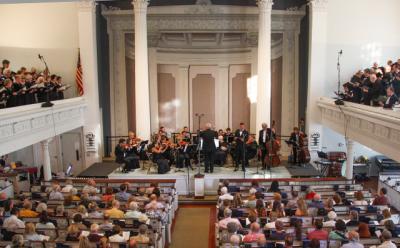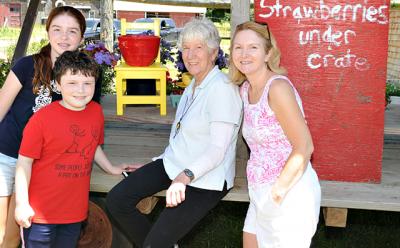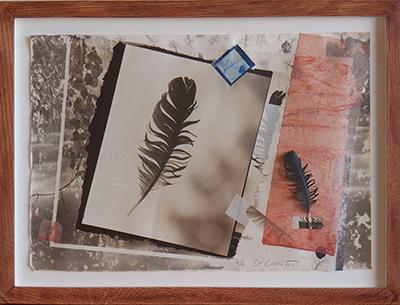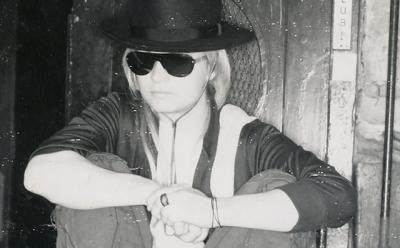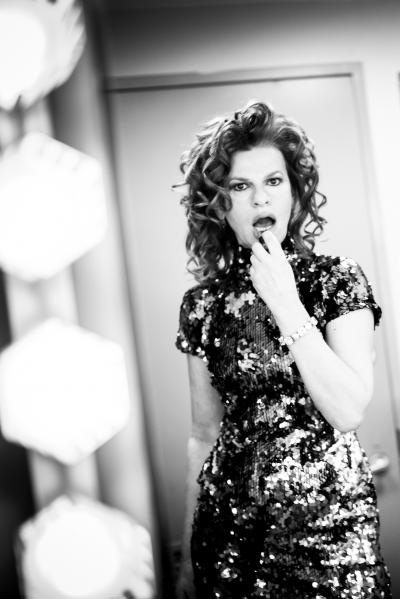An Old Pipe Organ Is Reborn in East Hampton
An Old Pipe Organ Is Reborn in East Hampton
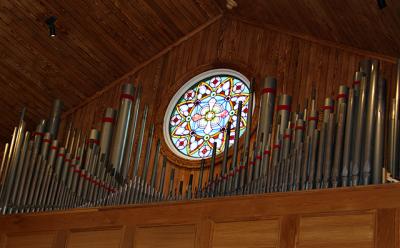
A pipe organ that had been silent for three decades is now making music again at Most Holy Trinity Catholic Church in East Hampton, thanks to the initiative of the church’s pastor, the Rev. Donald Hanson; the generosity of two of its parishioners, and the skills of a number of organ technicians and craftsmen.
The instrument was originally built in 1963 for the St. Pius X Preparatory Seminary in Uniondale by the Schantz Organ Company, but when the seminary closed in 1984 the organ was no longer used. The building was vacant until a few years ago, when it was sold. Father Hanson then asked the bishop of the diocese if the organ might be used at Most Holy Trinity, and the bishop agreed.
With only two weeks’ time to complete the move, Elsener Organ Works of Deer Park dismantled the many pipes and mechanical parts of the organ and shipped it to East Hampton, where it was stored on the church’s property in a building known as “the barn.” It sat there for several years while plans for the instrument came together.
The organ had to be reconfigured to fit the new space and needed a new windchest on which to seat the pipes and a new blower for the wind supply. There was also a desire to enhance the sound of the pipes with more tone color and flexibility by adding digital sounds as well.
The project was made possible by the estates of Mark Havers and John Ross, who were domestic partners and longtime members of the church. In the 1960s they formed Ross-Havers of New York City, a company that sold collectibles, fine gifts, and home accent pieces, and later rebranded it as Haut Papier in Bridgehampton.
Father Hanson, who has a deep interest in music, engaged Ray Henderson, an organ consultant from Carle Place, to advise on the myriad details of carrying out the project, from both mechanical and musical points of view. The two men knew each other from earlier days when Mr. Henderson took classes from Mr. Hanson at the seminary.
In order to redesign a visual layout for the pipes against the back wall of the church and around the rose window; build a new windchest, which is the mechanical center of the instrument, and do the tonal refinishing so that the pipes sound appropriately in their new acoustical setting, two other companies worked together: Robert E. Gladden Associates of Merchantville, N.J., and the Atlantic City Pipe Organ Company.
The organ has five complete sets of pipes, which are known as “ranks,” each one having a distinct tonal character, and each made of different materials and with different shapes. There are a total of 365 pipes.
Although the sound of the pipes forms the solid backbone of the organ’s character, many additional tone colors have been added by the Walker Technical Company, a firm that specializes in “digital voice enhancements for pipe organs.” There are speakers mounted among the pipes that allow the sounds to blend together seamlessly.
A wooden case that the organ pipes sit on, which juts out from the rear wall of the church, was constructed by James Sullivan of Barn Board Builders in East Hampton, also a member of Most Holy Trinity, to blend in with the console and existing woodwork in the church.
The organ has been playing now for several months, but various mechanical and tonal details are still being tweaked.
John Bennett, the church’s music director and organist, demonstrated the instrument one evening recently, showing the full range of the tonal palette and dynamics and delighting in its effects. He has been at the church for over 25 years, during which time he has played for a great many Masses and public events on an electronic instrument, which has now been placed in the church’s parish hall. He said that the sound of the pipes gives strong support to singing in the church.
“I find it so much easier to practice and to accomplish varied sound with this fine pipe instrument. Each Mass is a wonderful experience for me at the console,” Mr. Bennett said.
His sentiments were echoed by two parishioners and choir members. “We are so very fortunate to have a pipe organ in our church. We are truly blessed,” said Barbara Mattson.
Carol Byrne added, “I find the sound of the pipes extremely, wonderfully stimulating and invigorating. It certainly adds dimension to the musical sound, our worship, and spiritual praise.”
There will be a dedication and inaugural recital of the organ on July 17. The program will be played by Mr. Henderson, and will include music by J.S. Bach and Max Reger, and the masterwork toccata by the 20th-century French composer Henri Mulet, “Tu Es Petra” (“Thou Art the Rock”). It will mark the completion of a remarkable musical project and the beginning of a lifetime of new music-making in the community.

